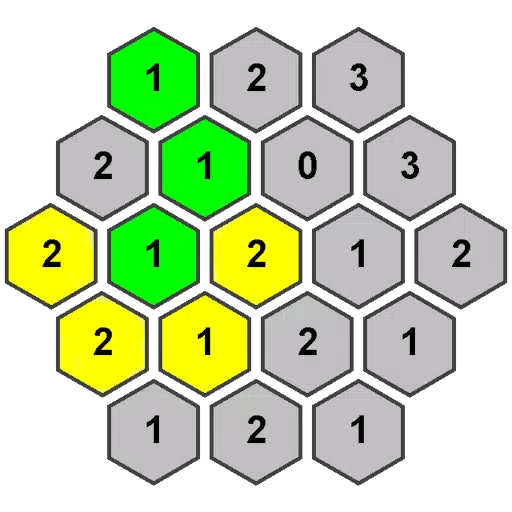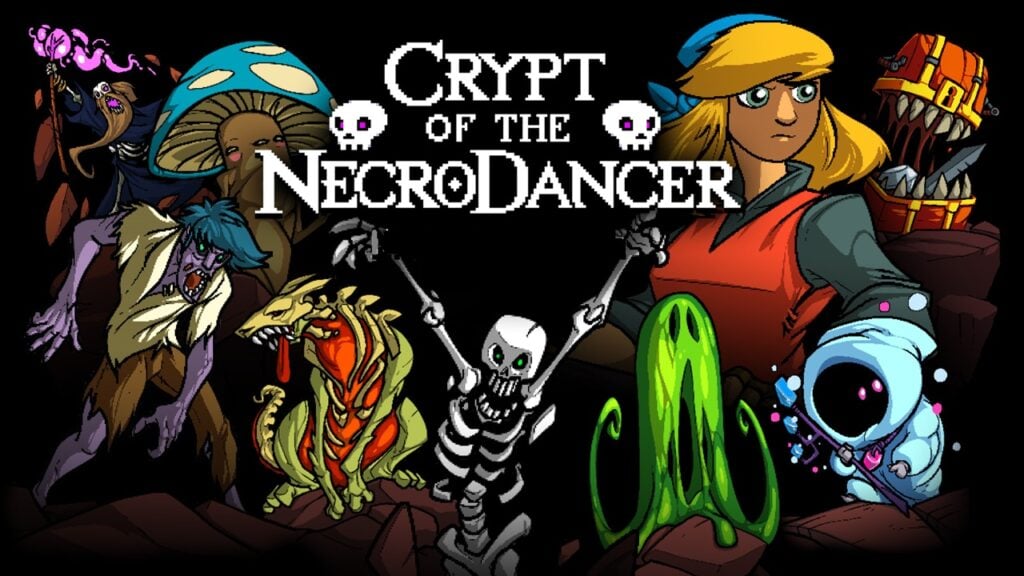Bringing a super-sized canine back from extinction after 12,500 years might sound like the plot of a blockbuster movie filled with special effects and dramatic scenes, but it's now a reality thanks to the efforts of Colossal Biosciences. This biotech company has successfully revived the dire wolf, resulting in three living specimens—Romulus, Remus, and their younger sister, Khaleesi—residing in a secret location in the US.
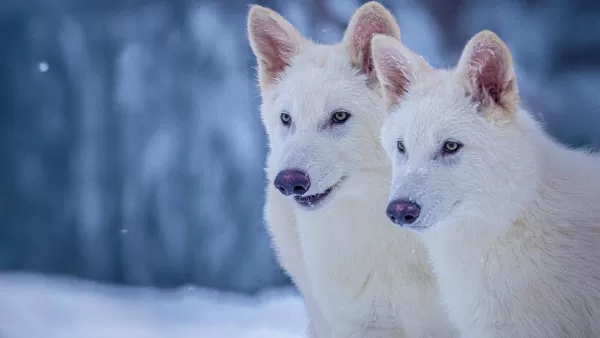 Romulus and Remus at three months oldThe mastermind behind this project, reminiscent of a Game of Thrones fantasy, is Colossal Biosciences. They employed advanced gene-editing techniques, using DNA from the common gray wolf and domestic dog surrogates to bring these majestic creatures to life. The result? Three dire wolves that embody the essence of any mother of dragons' dream: huge, white, and undeniably awe-inspiring.
Romulus and Remus at three months oldThe mastermind behind this project, reminiscent of a Game of Thrones fantasy, is Colossal Biosciences. They employed advanced gene-editing techniques, using DNA from the common gray wolf and domestic dog surrogates to bring these majestic creatures to life. The result? Three dire wolves that embody the essence of any mother of dragons' dream: huge, white, and undeniably awe-inspiring.
“I could not be more proud of the team. This massive milestone is the first of many coming examples demonstrating that our end-to-end de-extinction technology stack works,” said CEO of Colossal Ben Lamm.
“Our team took DNA from a 13,000 year old tooth and a 72,000 year old skull and made healthy dire wolf puppies. It was once said, ‘any sufficiently advanced technology is indistinguishable from magic.’ Today, our team gets to unveil some of the magic they are working on and its broader impact on conservation.”
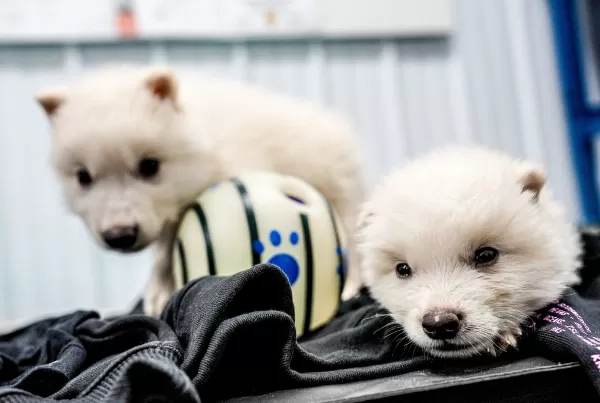 Romulus and Remus at one month oldColossal Biosciences isn't new to making waves in the scientific community. They previously engineered a Colossal Woolly Mouse, resembling a mammoth with its shaggy fur, by analyzing 59 woolly, Columbian, and steppe mammoth genomes spanning from 3,500 to over 1,200,000 years old. Critics argue that the dire wolves are essentially normal wolves in a fancy disguise, suggesting that the existing dire wolf DNA isn't sufficient to create a true genetic clone.
Romulus and Remus at one month oldColossal Biosciences isn't new to making waves in the scientific community. They previously engineered a Colossal Woolly Mouse, resembling a mammoth with its shaggy fur, by analyzing 59 woolly, Columbian, and steppe mammoth genomes spanning from 3,500 to over 1,200,000 years old. Critics argue that the dire wolves are essentially normal wolves in a fancy disguise, suggesting that the existing dire wolf DNA isn't sufficient to create a true genetic clone.
However, the mission of Colossal Biosciences extends beyond creating social media sensations or owning extraordinary pets. Their goal is to use their findings to aid in the preservation of current species for future generations.
“The de-extinction of the dire wolf and an end-to-end system for de-extinction is transformative and heralds an entirely new era of human stewardship of life,” said Dr. Christopher Mason, a scientific advisor and member of the board of observers for Colossal.
“The same technologies that created the dire wolf can directly help save a variety of other endangered animals as well. This is an extraordinary technological leap in genetic engineering efforts for both science and for conservation as well as preservation of life, and a wonderful example of the power of biotechnology to protect species, both extant and extinct.”
As for the dire wolves, Colossal Biosciences has collaborated with the American Humane Society and the USDA to ensure their well-being in a 2,000+ acre preserve. Like any celebrities, Romulus, Remus, and Khaleesi are attended by a dedicated team of staff to cater to their needs.
 Home
Home  Navigation
Navigation






 Latest Articles
Latest Articles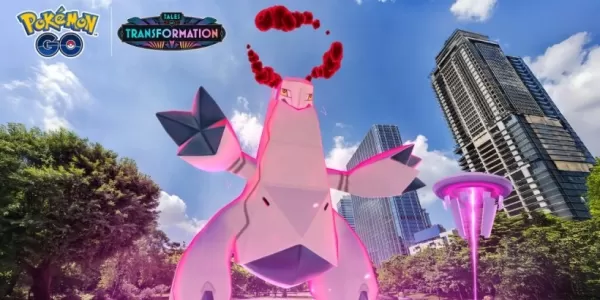

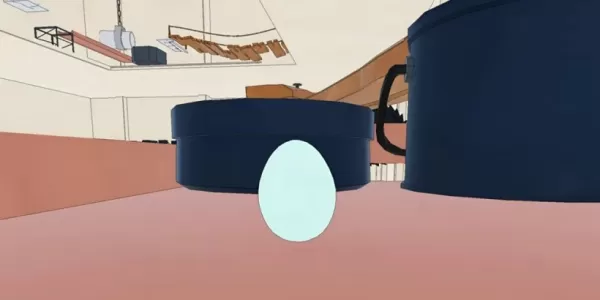








 Latest Games
Latest Games









